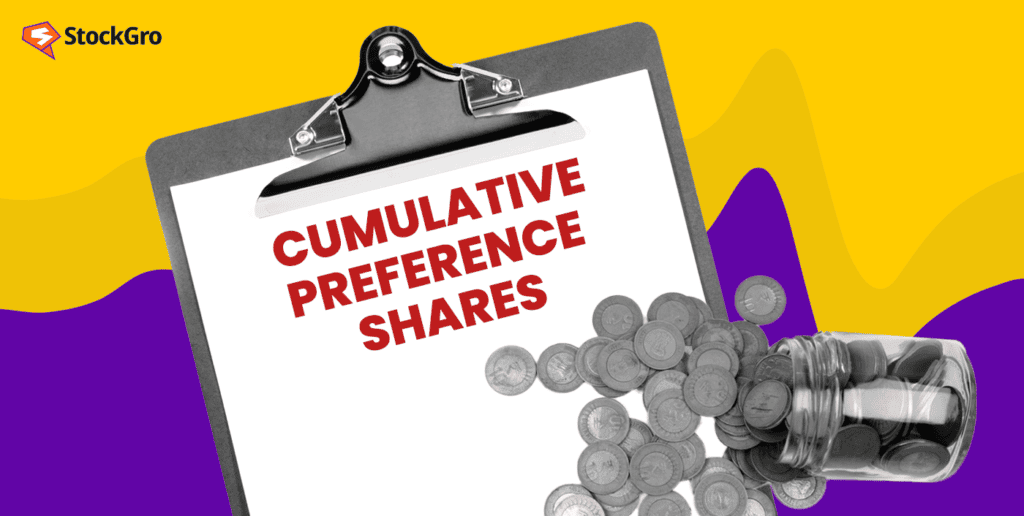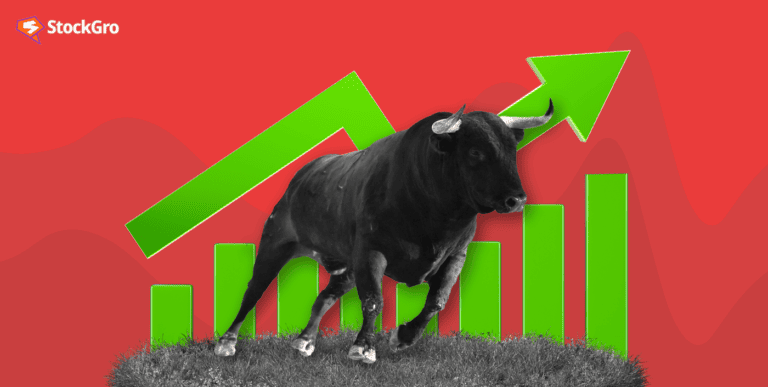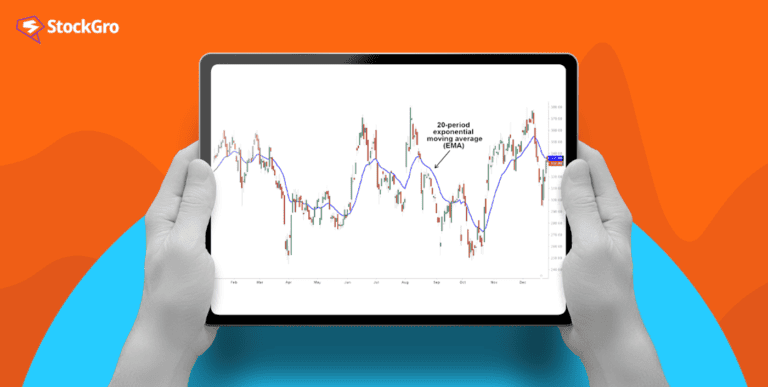
While investing in the stock market, there are so many options to choose from, and each comes with its own set of rules and advantages. But have you ever heard of cumulative preference shares?
Cumulative preference shares are a type of company stock that promises to pay dividends to its holders regularly. Dividends are a share of the company’s profits. Even if the company isn’t making money in a particular year, the promised dividends pile up and are owed to these shareholders.
If you’re scratching your head, wondering what these are, then you’re in the right place. This blog post will break down everything you need to know about cumulative preference shares in a simple and engaging way. Let’s dive in!
What are cumulative preference shares?
Cumulative preference shares are a special type of investment in a company that come with a fantastic perk. Like regular preference shares, they offer higher dividend payouts and get priority over other types of shares when it comes to dividend distribution and claims during the company’s liquidation.
But there’s a cherry on top: if the company can’t pay dividends in any year, these unpaid dividends accumulate and must be paid out later. Yes, you heard that right! With cumulative preference shares, you are practically ensuring that your dividends are secured for the future.
You may also like: Unlocking the power of preference shares
Cumulative preference shares meaning explained
Think of cumulative preference shares like a VIP pass. With this pass, you’re not just getting quick entry into the concert but you’re also guaranteed a front-row seat and some extra goodies. In the investment world, these ‘extra goodies’ come in the form of cumulative dividends.
Even if a company faces a rough patch and can’t pay dividends, you don’t lose out. These unpaid dividends pile up and are paid to you when the company gets back on its feet.
Cumulative Vs Non Cumulative Preference Shares
Let’s find out the difference between the two.
Non-cumulative preference shares
In the case of non-cumulative preference shares, if a company doesn’t make profits and skips dividend payments for a year, you won’t see that money again. Essentially, the chance to earn dividends for that year is gone, evaporated, vanished!
So, in a year where the company didn’t perform well, not only would you not receive dividends, but those missed dividends would not be made up in future years. You can think of this as a one-time missed opportunity.
Cumulative preference shares
On the flip side, cumulative preference shares act as a sort of dividend piggy bank. If the company can’t pay dividends in a particular year, that money isn’t lost. Instead, the dividends that were supposed to be paid that year are stored away safely.
They accumulate, and when the company starts making profits again, it pays out those saved dividends, in addition to the current year’s dividends. It’s like your dividends are queuing up, waiting for their turn to be paid.
The cost of preference capital
You might be curious to know what it takes for a company to offer such attractive investment options like cumulative preference shares. Is it expensive for them? How does it impact their financial planning? Let’s find out.
Cost implications for companies
The cost of preference capital is an essential factor that companies consider when they decide to issue any type of shares. This cost represents the rate of return required by investors for holding preference shares of the company.
For cumulative preference shares, the cost of capital is generally a tad higher than that for ordinary shares, mainly because of the accumulation feature that acts as an added security for investors.
Also Read: What are outstanding shares?
Why Would a Company Issue Preferred Shares Instead of Common Shares?
Even though the cost is slightly higher, issuing cumulative preference shares is still attractive for companies. Why?
Because the cost of capital for cumulative preference shares is typically lower than that for non cumulative preference shares. Companies often find this to be a balanced approach: they can offer something valuable to attract investors without taking on excessive costs.
The balance of cost and benefit
Here’s what makes it a win-win: companies can attract long-term, committed investors by offering the benefit of cumulative dividends, without significantly increasing their cost of capital.
For investors, the slightly lower dividend rate compared to non cumulative preference shares is a small trade-off for the security of accumulated dividends.
So, the next time you see an investment opportunity in cumulative preference shares, remember that this option is not just a good deal for you but often also a sustainable choice for the company you’re investing in.
Cumulative Preferred Stock Example
Let’s consider a fictional company called HappyTech. HappyTech issues cumulative preference shares with a face value of ₹100 and promises to pay 5% of that value as dividends annually.
Imagine you bought 100 of these shares. The first two years are great, and you receive your dividends as expected, ₹5 per share each year. But in the third year, HappyTech goes through a tough time and can’t afford to pay dividends.
What happens now?
In the fourth year, HappyTech starts making profits again. Before they pay any dividends for that year, they first pay the dividends they couldn’t pay you the previous year. So, you’d receive ₹10 per share for the fourth year, covering both the missed and current year’s dividends.
| Year | Dividends per share | Total dividends for 100 shares |
| 1 | ₹5 | ₹500 |
| 2 | ₹5 | ₹500 |
| 3 | ₹0 | ₹0 |
| 4 | ₹10 | ₹1000 |
Advantages and disadvantages of cumulative preference shares
Now that you’ve understood what cumulative preference shares are and how they work, you might be wondering about the benefits and drawbacks. Let’s dive in.
Advantages
- Secure dividends: Even if the company can’t pay dividends for a while, you’ll eventually receive them when it can.
- Priority over equity shareholders: If a company is liquidated, cumulative preference shareholders get their share before equity shareholders.
Disadvantages
- Lower dividend rate: Because you have the safety net of accumulated dividends, the company often offers a slightly lower dividend rate on cumulative preference shares than on non cumulative preference shares.
- No voting rights: Like other preference shares, cumulative preference shares don’t come with voting rights.
Conclusion
Cumulative preference shares are like a treasure in the investment world, offering you a safety net for your dividends. They allow you to invest with the confidence that even if things go south for a while, you won’t lose out on your deserved share of the profits.
Also Read: An essential guide to shares – types & significance
For companies, issuing these shares is a way to attract committed investors without relinquishing control. All in all, it’s a win-win situation for both parties.
So the next time you’re looking for a reliable and promising investment avenue, consider the special VIP ticket in the stock market world, the cumulative preference shares!

